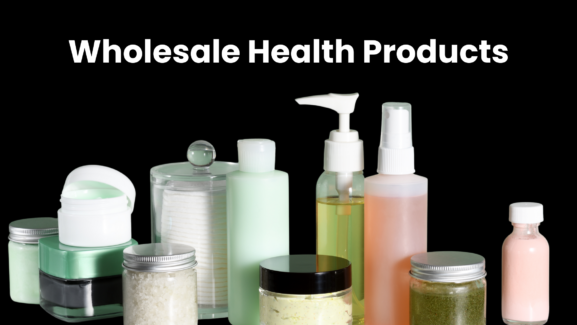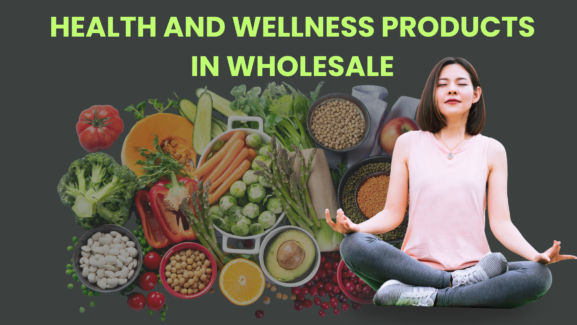Oats: The Simple Superfood That Deserves a Spot in Every Kitchen
There are few foods as humble and versatile as oats. They’ve been a breakfast staple for generations, but oats are far more than just a warm bowl of porridge. In fact, they’re one of the most affordable, nutritious, and adaptable whole grains you can eat — and they deserve a much bigger role in your diet than most people give them.
Whether you’re looking to improve your heart health, manage your weight, control blood sugar, or just eat more wholesome, real food, oats are a quiet powerhouse that deliver big benefits. And with so many different varieties and uses, there’s no reason to get bored.
Let’s explore everything you need to know about oats — from their nutritional value and health perks to how to cook them and use them creatively in your meals.
What Are Oats, Really?
Oats are a whole grain that come from the Avena sativa plant. Like other whole grains, they’re made up of three parts: the bran (outer layer), germ (the seed), and endosperm (starch). What makes oats unique is how they’re processed — and depending on how much they’re steamed, rolled, or chopped, the final product changes.
But regardless of the form they come in, oats begin as oat groats. These are the least processed and closest to the original grain, and they retain all their nutrients. From there, the groats can be cut into steel-cut oats, flattened into rolled oats, or steamed into quick oats — each with different cooking times and textures.
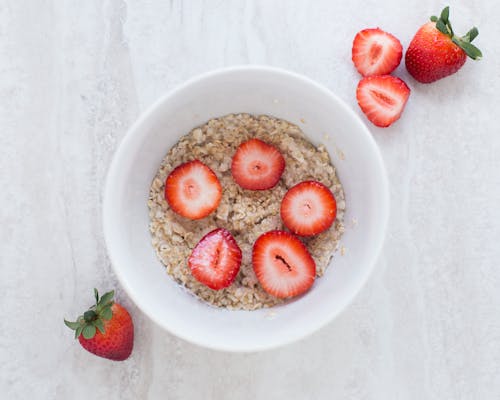
Different Types of Oats
Here’s a quick breakdown of the main oat varieties you’ll find at the store:
1. Steel-Cut Oats
Also known as Irish oats, these are whole oat groats that have been chopped into small pieces. They have a chewy, hearty texture and take longer to cook — about 20–30 minutes. They’re great for savory oat bowls or slow-cooked breakfasts.
2. Rolled Oats
Also called old-fashioned oats, these are steamed and flattened oat groats. They cook faster than steel-cut oats (around 5–10 minutes) and have a softer texture. Ideal for oatmeal, baked goods, and overnight oats.
3. Quick Oats
These are just rolled oats cut even thinner to cook faster — sometimes in just a minute or two. They tend to get mushy, which makes them perfect for a smoother oatmeal or thickening recipes.
4. Instant Oats
Often pre-cooked and dehydrated, these are the oats you find in single-serve packets. Convenient but sometimes loaded with added sugars and artificial flavors. Best used in a pinch, not as your main go-to.
5. Oat Flour
Ground from rolled oats, oat flour is gluten-free (if certified) and makes a fantastic substitute for regular flour in pancakes, muffins, or cookies.
6. Oat Bran
This is just the outer layer of the oat groat — high in fiber and typically sold as a supplement to add into smoothies, yogurts, or baked goods.

Why Oats Are So Good for You
Oats aren’t trendy — they’re timeless. And for good reason. They’re packed with nutrients, especially fiber, and have been shown to support everything from digestion to cholesterol levels. Here are some of the top benefits of making oats a regular part of your day.
1. Heart Health Support
Oats are one of the best sources of beta-glucan, a soluble fiber that helps lower LDL (“bad”) cholesterol. This fiber forms a gel in your gut that binds to cholesterol-rich bile acids, helping your body get rid of them. Over time, this can reduce your risk of heart disease.
2. Stable Blood Sugar
That same beta-glucan also helps slow down the absorption of sugar into your bloodstream, preventing spikes in blood glucose. That makes oats a smart carb choice for people managing diabetes, insulin resistance, or just trying to stay energized throughout the day.
3. Weight Management
Because oats are high in fiber, they help you feel full longer. Starting your day with oats can reduce mid-morning snacking and help you naturally eat fewer calories without feeling deprived.
4. Gut Health
Oats feed the good bacteria in your gut, acting as a prebiotic that supports a healthier microbiome. A well-fed gut means better digestion, improved immunity, and even better mental health.
5. Nutrient Dense
Oats are surprisingly rich in micronutrients. A single serving provides:
-
Manganese
-
Phosphorus
-
Magnesium
-
Iron
-
Zinc
-
Folate
-
Vitamin B1 and B5
Plus, oats contain a decent amount of plant-based protein, which helps round out their nutritional profile.

Oats and Gluten: Clearing the Confusion
Oats themselves are naturally gluten-free. However, they’re often processed in facilities that handle wheat, barley, or rye, which can lead to cross-contamination. If you have celiac disease or gluten sensitivity, look for oats that are certified gluten-free. These are processed in dedicated facilities to prevent contamination and are considered safe by most gluten-free standards.
Creative Ways to Eat Oats (Beyond Oatmeal)
Most people think of oats and picture a warm, sweet bowl of breakfast porridge. And while that’s a delicious classic, it’s just the beginning of what oats can do. Here are some creative, practical ways to use oats in your everyday meals:
1. Overnight Oats
Combine rolled oats with milk (or plant milk), chia seeds, and a sweetener of your choice. Let it sit overnight in the fridge and top with fruit, nuts, or nut butter in the morning. A great grab-and-go breakfast.
2. Savory Oat Bowls
Cook oats with broth instead of milk, and top with sautéed spinach, mushrooms, a soft-boiled egg, and a drizzle of olive oil or hot sauce.
3. Oat Smoothies
Add a scoop of raw oats to your morning smoothie for an instant fiber and texture boost.
4. Homemade Granola
Mix rolled oats with honey, coconut oil, nuts, and seeds. Bake until golden and enjoy as a crunchy snack or yogurt topping.
5. Baked Oatmeal
Think of this like breakfast casserole. Combine oats, eggs, milk, fruit, and spices, then bake into thick squares for meal prep or easy weekday mornings.
6. Oat Crusts and Coatings
Use oats or oat flour as a gluten-free base for pie crusts, or coat chicken and fish in crushed oats instead of breadcrumbs for extra crunch.
7. Meat Extender
Mix rolled oats into ground beef or turkey to stretch your meat and add moisture to meatballs or burgers.
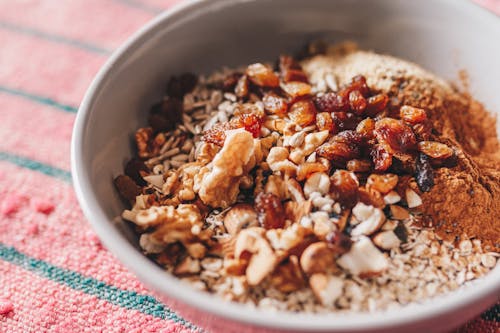
Are There Any Downsides to Oats?
For most people, oats are a very safe and beneficial food. But there are a few things to consider:
-
Phytic Acid: Like many whole grains, oats contain phytic acid, an antinutrient that can reduce mineral absorption. Soaking oats overnight helps reduce this and improve digestibility.
-
Portion Creep: Oats are healthy, but portion size still matters. Overdoing it (especially with sugary toppings) can turn a smart breakfast into a calorie bomb.
-
Instant Oats Concerns: These are often loaded with added sugars and artificial flavors. Always read labels, or better yet, stick with plain oats and flavor them yourself.
Why Oats Belong in Every Pantry
Oats are an easy win when it comes to eating better. They’re budget-friendly, shelf-stable, and so incredibly versatile that you can work them into your diet every day without getting bored. Whether you’re focused on heart health, digestion, fitness, or just building better habits, oats offer a rock-solid foundation.
They’re a rare combination of comfort food and nutrition powerhouse — proof that you don’t need fancy or expensive ingredients to nourish your body well.
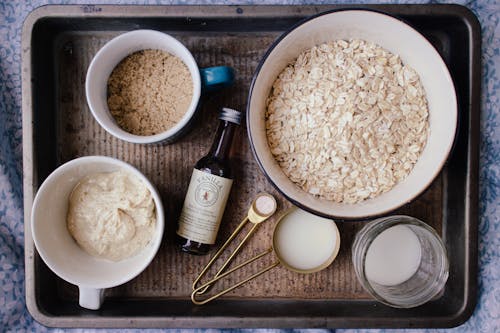
Final Thoughts
It’s easy to overlook oats because they seem simple. But simplicity is sometimes the smartest choice. In a world full of overly processed, complicated foods, oats offer clarity. They’re whole. They’re real. They work with your body, not against it.
So if you haven’t been giving oats much attention lately, consider bringing them back into your daily routine. Whether you eat them sweet or savory, raw or cooked, blended or baked, they’re one of the most nourishing foods you can keep in your kitchen — and your body will thank you for it.


